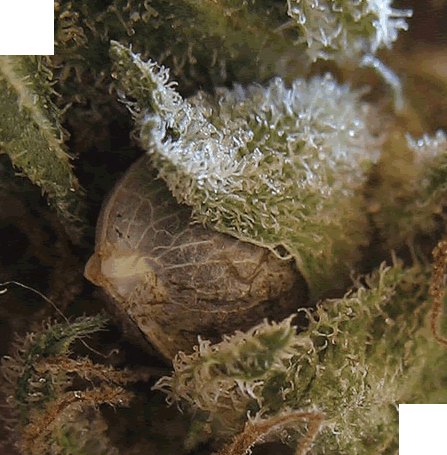|
RED DIESEL Red Diesel from Goldenseed.nl taste is super top notch. Red Diesel was bred to increase the weight and potency of New York City Diesel whilst maintaining its distinctive popular taste. This plant will grow to medium height with strong side branches of resin filled colas that need room to grow. Grow report: This was one of the many high points of this weed. Smooth and sour/tangerine taste. It is quite unique. The Smell of Red Diesel was the best smelling weed I have every smelt. Wonderful smell of sour Tangerines. Like a sour tropical candy. It looked very good as well. Sugar coated nuggets. Very nice looking stuff. The High is very intense and strong. One of my favorites and will always have a place in my garden. The Red Diesel is one of the best strains I have ever grown. Many props go out to Goldenseed for there stellar genetics. The yield of the plant when grown fully mature is very good 4-5 ounces . The Buds and smoke are top quality. I recommend this strain highly. Genetics: Californian Indica x NYC Diesel
YIELD PER PLANT IS BASED ON 100% ORGANIC NUTRIENTS & SOIL IN 6 LITER CONTAINERS |
 |
 |
 |
 |

|
|
Seed Germination
Presoaking - Put some moist tissues on a plate. Put the seeds on top of them and then put a layer of moist tissues on the seeds. Cover the plate with another upturned plate, so that the seeds are in darkness and the environment remains moist. Put the covered seeds in a warm place (21°C). Check the seeds every day, sprinkle the tissues if necessary and carefully transplant the seeds when they open and the white tip of the root becomes visible. Put the seed in a growth medium (soil), approximately the size of the seed under the surface (about 5 mm). If grown to full maturity, in the correct conditions, cannabis seeds will generally be dark grey or brown, or striped in colour, and measure between 3-5mm in length, and 2-4mm in diameter, depending on its origins. This beautifully patterned outer shell, the perianth, plays the vital role of protecting the delicate embryo inside, and should be of a good hard nature, without cracks or chipping. When choosing the right marijuana seeds to grow, the general rule is the bigger and darker they are the better. Different varieties of the plant produce different looking seeds. From the almost cannon-ball shape of classic Afghan seed, to the darker, more stream-lined look of some Sativa varieties, cannabis once again proves just how diverse she is! Cannabis is an annual plant, it's life-cycle completed within a year usually, dying just after setting it's seed for the next year. To keep seed over winter months store in a cool dark, air-tight place, that stays dry. Be careful not to crush the marijuana seeds. They may look tough, but damage can easily be caused this way. Discarding the obviously damaged, the very small, or very lightly coloured specimens, is the first step in the right direction for any budding grower, as this type of natural selection mimics exactly what nature would do.(If you purchase your seeds from Goldenseed you wont need to throw any away because all our seeds are carefully screened for any defects, guaranteeing you get only the healthy viable ones to start with).
Seed Parts When you look at a seed you are looking at the seed coat. As people wear coats for protection from foul weather, seed coats perform much the same function. They provide protection against entry of parasites, against mechanical injury and, in some seeds, against unfavorably high or low temperatures. Inside the seed coat is the embryo, an immature plant with all the parts of the adult plant. A close look shows leaves and a root -- they may be tiny but they are the beginnings of a plant. The seed's embryo leaves are called the "cotyledons." The seed is filled with "endosperm," food that will nourish the embryo during its early stages of development. Germinating Seeds Germination is a fascinating process. Seeing a tiny seedling emerge from a dry, wrinkled seed and watching its growth and transformation, is observing the mystery of life unfolding. The first sign of germination is the absorption of water -- lots of water. This activates an enzyme, respiration increases and plant cells are duplicated. Soon the embryo becomes too large, the seed coat bursts open and the growing plant emerges. The tip of the root is the first thing to emerge and it's first for good reason. It will anchor the seed in place, and allow the embryo to absorb water and nutrients from the surrounding soil. Some seeds need special treatment or conditions of light, temperature, moisture, etc. to germinate. Seed dormancy is very complex, but it protects that living plant material until conditions are right for it to emerge and grow. Practical lessons can be learned from the seed: * Seeds with bigger amounts of endosperm can feed the embryo plant longer, while it works its way toward light. Therefore, big seeds can usually be planted deeper. |


